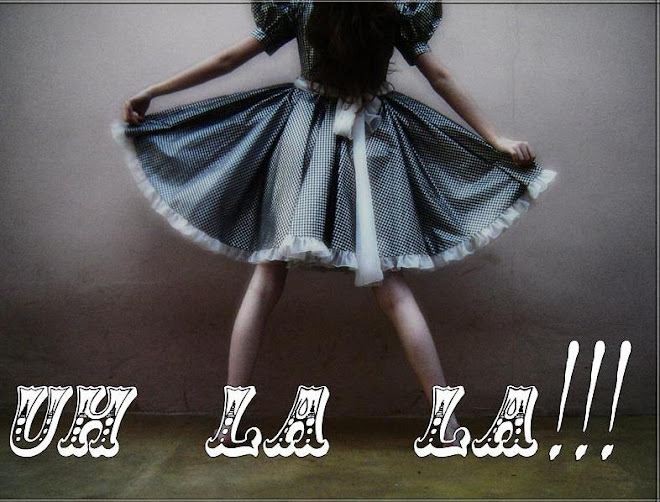O objetivo aqui é usar um caleidoscópio como Save the Date. A ideia é diferente, criativa e fica a cara dos noivos, pois as cores poderão ser escolhidas de acordo com suas preferências ou seguindo o padrão de papelaria do casamento.
O primeiro passo é montar o caleidoscópio. Você vai precisar de três espelhos retangulares, um tubo de PVC (pode ser qualquer outro material), uma tampa escura e uma tampa transparente (pode ser de plástico ou de papel). Os espelhos devem ser inseridos no tubo no formato triangular, com a face que reflete voltada para o centro. De um lado, posicione a tampa escura, com um buraco para visualização, e, no outro, a tampa transparente, onde serão criadas as formas coloridas.
Não entendeu nada? Veja o esquema abaixo:

Com a estrutura do caleidoscópio montada, é hora de personalizá-lo! Escolha suas cores preferidas, pique pedacinhos de papel (podem ser usados perfuradores com formato de coração, estrela etc.) e coloque dentro do tubo – se preferir, você também pode usar confete.
Junto com os papéis, coloque também a data do casamento, fixada com cola na tampa transparente – os papéis em formato de número podem ser comprados em lojas de scrapbook.
Em seguida, cubra o cano com um tecido ou papel de sua preferência. Pode ser usado, por exemplo, o padrão do seu convite de casamento.
Por fim, coloque em cada caleidoscópio uma etiquetinha com os nomes dos convidados.
Pronto, você tem um caleidoscópio personalizado! Seus convidados vão adorar!
















































